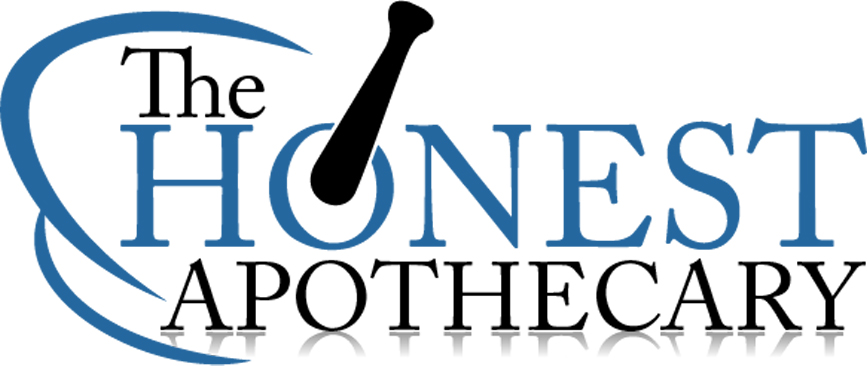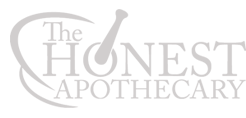[dropcap]I[/dropcap]f you don’t understand the significance of margins on the success of a retail or outpatient or specialty pharmacy operation – you are doomed to discover the significance the hard way – by closing. You must manage your margins. While every aspect of the operation demands the full attention of the pharmacy manager or owner, maybe nothing is more significant than managing your margins and understanding them.
For pharmacy owners, this post will be elementary. But owners know more than anyone how much this concept is often not appreciated by pharmacists who have not had to pay attention to it in their careers. So for those who are new to retail pharmacy or who have simply never had to face it, this post is for you. It is admittedly a “101” level introduction to margins. You have to start somewhere. It may well be here.
Note: This post is exclusively addressing prescription margins. Anything you sell has a margin associated with it, but today we are just talking about the Rx business.
What Is A Margin?
Simply put, the margin is the amount of money you make on the sale of a prescription drug. It is the price you sell it for minus what it cost you to obtain that drug. If 30 capsule of Amoxicillin 500mg costs me $2.00 and I sell it for $10.00 then my margin is $8.00. If 28 tablets of a new Hepatitis C drug costs me $29,000 to obtain, and I sell it for $30,000 (mostly paid for by the insurance company) then my margin is $1,000.
The margin, therefore, is your profit on the sale of that prescription. Or, to put it another way, your profit from prescription sales each day is the sum of the margins that you obtained for each sale that day.
What is a Percent Margin?
But maybe more helpful than just knowing the actual profit on the sale of each individual drug is knowing your percent margin, particularly your percent margin at the end of each day – tracked over the course of many days and months. Many pharmacies have slowly died because their percent margin was slowly declining (like the old frog in the pot of boiling water illustration) and they never noticed or reacted.
Your percent margin is simply the amount of profit you made on a particular prescription (or particular day or month!) divided by the total selling price and expressed as a percent. For example, to return to our Amoxicillin prescription above, you calculate your percent margin by dividing the $8.00 profit by the $10.00 sale. The result is 0.8 or 80%. For the Hep C drug example, you divide the $1,000 profit by the $30,000 sale and you get 0.033 or a 3.3% margin.
So What?
Now that you understand what a margin is, you can begin to see how this is an important concept for measuring the success of a pharmacy business. We are in a situation where reimbursement for prescription medications is largely controlled by health plans and PBMs (Pharmacy Benefit Managers). They determine the amount they will pay the pharmacy for any prescription filled. Tracking the trend in your margins is critical!! Just a small dip in average margins, all other things being the same, can have devastating results on a business.
If your margins are half of what they were last year, then you either need to be doing twice as many prescriptions or double the average price of your prescription sales in order to generate the same amount of profit as last year.
An Example
Let’s say that my average prescription price is $80.00. That is, take the total dollar amount of all Rx sales for that day (or month or year) and divide by the number of prescriptions sold. If my average Rx price is $80.00 and I’m operating on a (for example) 19% margin that means I make $15.20 per prescription. If I average 200 prescriptions per day, then my average profit per day is $3,040. Maybe that is enough to cover my staff expenses, loan, utilities, service fees and other vendor costs. Maybe.
But let’s say that this year our average margins dropped to just 10%. Now, if my average prescription price is still $80.00 that means my average profit is $8.00 and if I still fill an average of 200 per day my daily profit is just $1,600. About half. If our expenses have not changed, we are now swiftly on the road to closure.
Insurance, PBMs and Margins
No post on margins today would be complete without addressing the fact that our margins are largely controlled by the insurance plans and the PBMs they contract with. Today the pharmacy does not generally control the price of the prescriptions that they sell. The PBM sets the price, typically based on AWP (average wholesale price) and other factors that fall outside the scope of this post. Suffice it to say that many businesses, even BIG pharmacy businesses, find it extremely difficult to run profitably with the margins these contracts produce. In fact, it is not unusual for a pharmacy to sell many prescriptions each day on which they actually take a net loss (a negative margin!). Cash (no insurance involved) prescription sales are a different story, and a pharmacy can usually set a fair and reasonable price on such prescriptions to maintain a decent margin.
Managing Your Margins
So what can you do to help improve your margins? Well, some of that is outside the scope of this post. But the most common and obvious method is to carefully watch your purchases. Pharmacies must use all their power to be sure they are buying at the lowest possible price. Wholesalers and distributors are businesses too. They are looking to make all they can off their sales to the pharmacy. Careful planning, negotiating and purchasing can make a big difference. If you work for a major chain, much of this is taken out of your hand and your purchases are decided for you by the company.
The other thing you can do is carefully watch which plans offer the highest margins, and FOCUS heavily on servicing these patients. Where do they work? How can you talk to that company about services you can offer to them to attract more of their employees?
Another approach is to target disease states and physician practices that tend to generate the highest revenue prescriptions in your area. If margins are declining, fight back with a focus on filling more expensive drugs that yield a higher margin (even if the percent is low). Remember the Amoxicillin and Hep C example. We would much rather make $1,000 than $8.00 any day, even though the percent margin is smaller.
Conclusion
Margins matter. I have seen pharmacies go from 25% or 30% Rx margins one year down to 11% margins the next. Failure to focus on this and respond appropriately can have devastating results. Margins are not the WHOLE story. You can still go out of business with great margins. But no great business can ever neglect them. To run a solid business you have to manage your margins.
©Jason Poquette and The Honest Apothecary. Unauthorized use and/or duplication of this material without express and written permission from this blog’s author and/or owner is strictly prohibited. Excerpts, quotes and links may be used, provided that full and clear credit is given to Jason Poquette and The Honest Apothecary with appropriate and specific links to the original content..
Percent Margins Pharmacy Business Profit Margins
Last modified: August 21, 2015
















